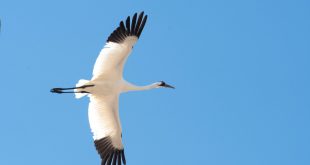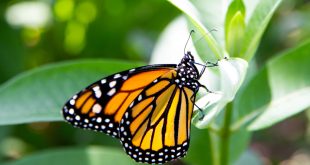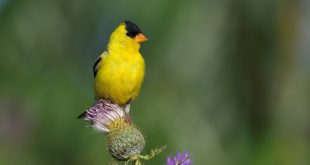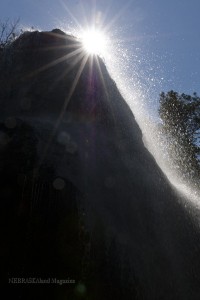
I’d never heard of the Niobrara River, let alone canoed it.
It was the early ‘80s in southwestern Nebraska and Dad had caught wind of people enjoying canoe trips down the scenic Niobrara. So, he borrowed a canoe from someone in McCook, strapped it to the top of his old Pontiac and drove us up Highway 83 for an adventure.
My sister and I, still in elementary school, surely had a lot of questions along the way. I remember wondering if we were trailblazers; if we’d be among the first explorers to make this voyage. As we arrived at the Cornell Bridge launch, that question was promptly answered by a steady stream of canoe trailers arriving to outfit other “adventurers” – an impressive sight in itself. Yes, this trail had been blazed and had become quite popular.
That year marked my first float down a river that would become much more familiar through the years. During the early ‘90s I amassed more than my required number of college physical education credits by enrolling three times in the popular “Canoe and Nature Study” course at McCook Community College, led by equally popular biology instructor Roger Wilson. Best college course ever.
Unfortunately, prior to last week, work, family obligations and lack of initiative had kept me off the river for more than a decade. My wife Cricket and I hadn’t been down the river since we took a tubing trip with friends prior to our marriage more than a dozen years ago. So, we decided this summer to introduce our son and daughter, and the family dog, to the Niobrara experience – a Nebraska rite of passage, I believe.
Kayaks were our vessels of choice this trip. Kiera, 6, rode with me on my 12-foot sit-on-top model, my wife commandeered our nine-foot SOT, and an outfitter in Valentine hooked us up with a little sit-in model that Sawyer, 10, took for the float.

The weather was near perfect. The weekday river traffic was light and none too rowdy as we floated from the Cornell Bridge to Smith Falls State Park between breakfast and lunch.
Along with the floating, the beauty of the Niobrara is tough to beat. We noticed that there have been a few developments along the river, but it has retained its aesthetics – a plethora of birds, steep canyon walls, a mix of deciduous and evergreen trees, and small waterfalls and springs along the way.
The highlight, of course, was witnessing the kids’ reaction to their first sight of Nebraska’s tallest waterfall. Walking up the boardwalk and catching first glimpse of water dropping some 70 feet over Smith Falls is surely a nominee for the most splendid visual experiences in the state. Yes, I believe it tops entering a full Memorial Stadium for the first time.

Seeing Stars
The float down the Niobrara was a side trip for us. We camped a couple of nights at Merritt Reservoir while I was covering the 20th Nebraska Star Party. Astronomers from across the nation, numbering more than 250, made their annual pilgrimage to the lake’s Snake River campground to capitalize on the area’s dark sky – an extremely valued and increasingly diminishing asset to stargazers. People from as far away as California and Illinois told me that the sparsely populated area north-central Nebraska is the best place they know of for such activity.
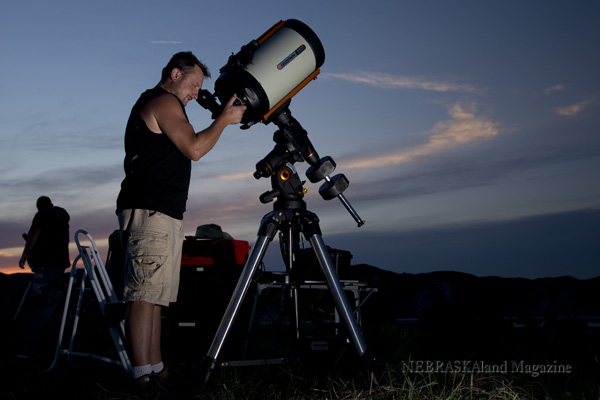
Anyone who is even remotely interested in astronomy should make plans to attend in coming years. The party’s grounds are full of friendly folks who like to share their knowledge of the night sky, and many who offer a look-see through their equipment. Field programs help novice astronomers get started. Not to mention, the huge telescopes, some of which require ladders to use, are just neat to see.

Sawyer participated in the Star Party’s children’s program, making him among a fortunate group of youngsters who got to meet with NASA astronaut Clayton Anderson, the Nebraska native who served as the event’s keynote speaker. With a new interest in astronomy, Sawyer has since been cheering on clear night skies with hopes of using the Galileoscope that was given to each of the program’s participants.
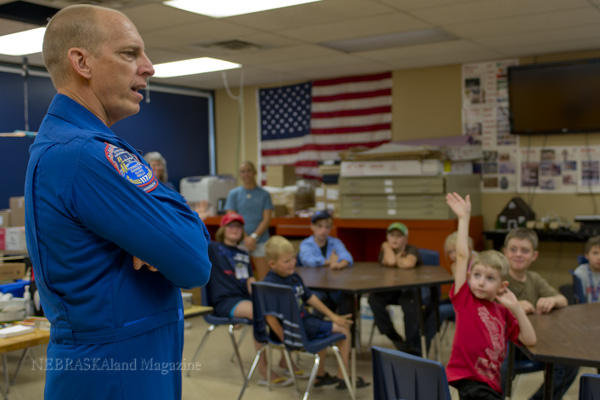
In addition, Merritt Reservoir and greater Cherry County have plenty of activities to keep a family busy during the daylight hours. Kiera is among those giving Merritt an endorsement.
“This is the bestest lake in the world,” she loudly proclaimed while splashing along the beach.
With school — and useful English lessons – gearing up near and far this week, things are sure to get busy for Kiera and other students. I’m sure she’ll never forget the lessons learned in Star Party country, though.

 Nebraskaland Magazine
Nebraskaland Magazine

